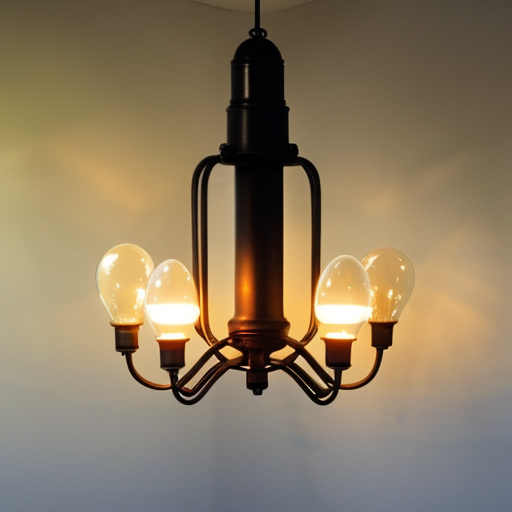Article Title: Guillaume De Machaut’s Compositions Consist Mainly Of
Introduction: Guillaume de Machaut was a French poet and composer who lived in the 13th and 14th centuries and was one of the most influential composers of the Ars Nova period. He is credited with creating many works of exquisite beauty and complexity, and his compositions continue to be studied today. In this article, we will explore the main elements of Guillaume de Machaut’s compositions, including their structure and instrumentation.
Body:
1. Structure:
The structure of Guillaume de Machaut’s compositions is usually complex, often utilizing a polyphonic texture. Many of his compositions are divided into two or three sections, each of which consists of different musical motives that are repeated and varied. In some cases, his compositions contain long instrumental interludes before the vocal section is introduced. Guillaume de Machaut wrote both sacred and secular music, but his sacred music was usually brief and monophonic.
2. Instrumentation:
Instrumentation in Guillaume de Machaut’s compositions often varied depending on the context. For example, he sometimes wrote works that utilized multiple instruments, such as harps and lutes. He also wrote music for instruments such as flutes, horns, strings, and percussion. In addition, he often wrote works for vocal ensembles. These vocal works often included motets, as well as isorhythmic motets, which involve the repetition of a fixed rhythm or a rhythmic pattern.
3. Harmony:
The harmony in Guillaume de Machaut’s compositions was often complex and can be described as contrapuntal. He utilized a range of harmonic techniques, including the use of intervals such as thirds, fifths, and octaves. He often used a variety of dissonances, such as suspensions and unresolved chords, to create a sense of tension in his compositions.
Conclusion:
In conclusion, Guillaume de Machaut’s compositions consist mainly of complex musical structures, instrumentation, and harmony. His compositions are renowned for their beauty and complexity, and are often studied and performed today. By understanding the structure and instrumentation used in his compositions, we are able to gain a deeper appreciation of his work.

